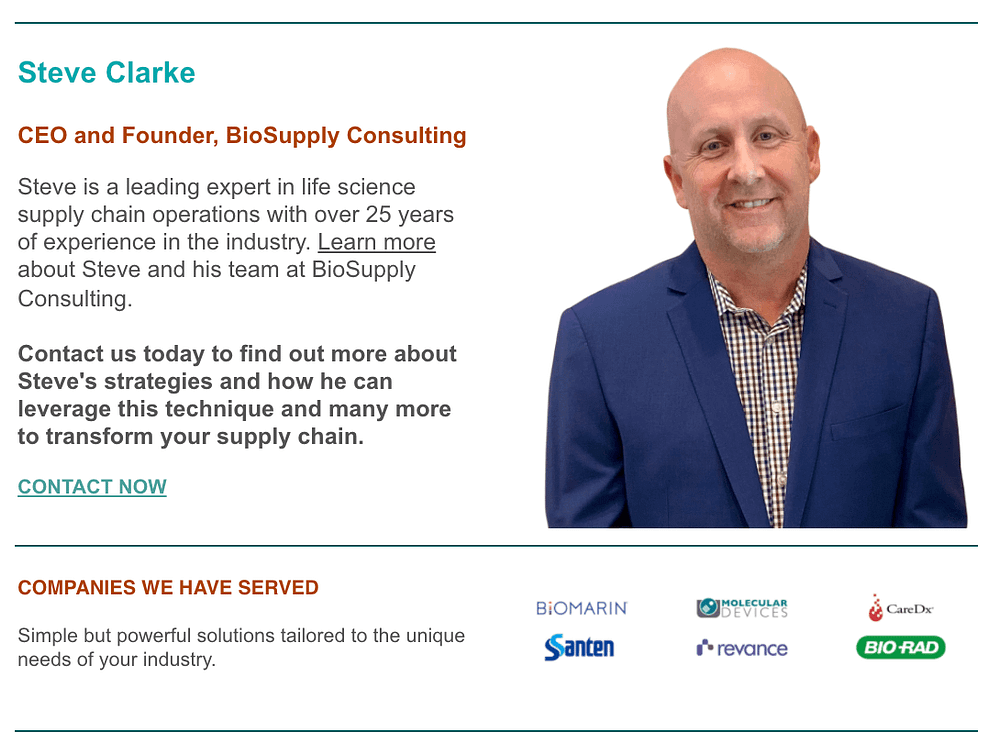LIFE SCIENCE SUPPLY CHAIN SOLUTIONS BY STEVE CLARKE
In last week’s article, I shared an excerpt from my book “Mine the Gaps”, focused on helping life science supply chain professionals think differently about how to achieve success for their organizations and for themselves. “Mine The Gaps” refers to the fact that the most under-appreciated input for truly improving performance is data that you have at your fingertips. It is just waiting to be mined! Once you learn to think differently, you will be much better appreciated as a strategic thinker, who truly adds value. In the last article, I introduced the starting point, which is simply to identify your strategic objective and then select metrics, so that you can measure progress towards that objective. In addition, I introduced how to utilize “defect data” to develop an understanding of the actions that will accelerate your progress. In this excerpt I discuss the “darker-side” of metrics. When companies decide to distort the data to achieve their targets, without actually improving anything. This causes seemingly smart managers to feel compelled to do really dumb things to meet metric targets. Excerpt….Revenue targets
- Sales managers who alienate key customers because they need to close a sale by the end of the month so they can get their quarterly sales bonus.
- Plant employees shipping products before customers’ desired delivery dates in order to make their numbers.
- Companies shipping incomplete orders to make critical on-time delivery dates, or sacrificing one very important late shipment for the sake of others that might be delivered on-time.
- Salespeople are notorious for delaying processing orders if they have already made their quota or will fail to do so, so they can have an additional sale in the next period.
Inventory targets
- Plants refusing to receive shipments of raw materials at the end of each month, so that month-end inventory targets will be met—even if production suffers and customer orders are not filled.
- Companies rotating inventories to various plants right before audits are taken, making it appear that inventory levels are at appropriate levels—when they really aren’t.
- More egregious is employees under-reporting (and even hiding) accident data, because “accident-free days” or “lack of recordable incidents” are being measured, and “unsafe employees” being identified rather than being encouraged to find out what happened and therefore reducing future accidents.
On time delivery
- A company’s measures showed a near-perfect delivery record, yet some 50 percent of customers complained of their products arriving late. To attain rewards the company had adopted a measure of on-time delivery that only reflected whether the product had left its plant on-time.
Cost reduction
- Purchasing departments are too often measured and rewarded on price discounts negotiated. Purchasing managers know that the best way to get a low price is to buy in large lots, even if production is stuck with huge inventory. Unfortunately, no one is measuring the cash flow that is eaten up by the inventory, the space it takes up, the maintenance it requires, or that much of it is ultimately written off as waste.o Many companies refuse to right off excess and obsolete inventory, since it will impact the bottom line, so it sits gathering dust in the warehouse….”.
The sad thing is that many of you will be all too familiar with some of these dysfunctional practices and may even be anaesthetized to the fact that these practices are completely unhealthy. Next time I’ll continue to share how to get the same results, without resorting to playing games.
Testimonial
“Extensive experience and knowledge of supply chain ideas and practices”
~Tina Burke, CSCP



